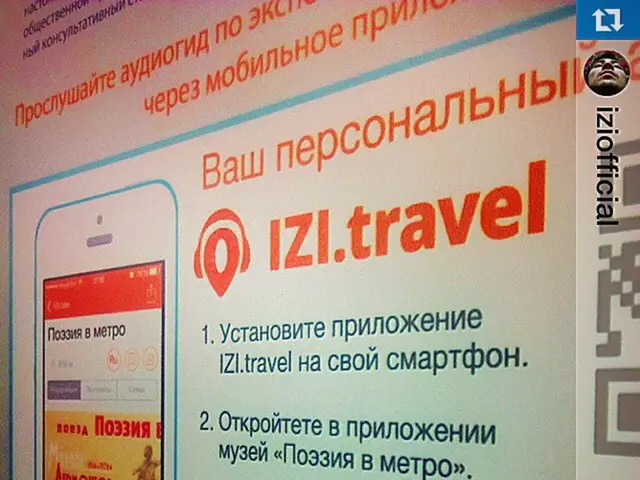Alternative Approaches to Financing Education: Detailed Insight into Various Methods
In the realm of education, a significant shift is underway as policymakers and stakeholders explore innovative funding models to create a sustainable ecosystem that meets the diverse needs of learners worldwide.
One emerging trend is the increased use of blended financing, which combines public, private, and philanthropic resources to create a robust and resilient funding ecosystem. This approach, which is gaining traction in various countries, leverages the strengths of each sector to address educational challenges and foster equitable access.
A comprehensive understanding of various funding models for education is vital for policymakers and stakeholders to strive toward an equitable and effective educational landscape. Effective funding models for public schools aim to create equitable access to educational resources across diverse communities.
Traditional funding models include government funding, private funding, and innovative funding mechanisms. Government funding, primarily from federal, state, or local governments, supports public schools and educational programs. Grants and subsidies further enhance government funding models by providing financial support for specific educational programs and initiatives.
Private funding models for education include tuition fees, donations, and partnerships with private organizations. Philanthropic contributions from individuals or foundations provide substantial financial support for educational initiatives. Corporate sponsorships exemplify a private funding model, where businesses invest in educational institutions or specific projects, providing opportunities for students such as internships and workshops.
Private funding comes from non-profit organizations, businesses, or individual donors and contributes to scholarships, grants, or other financial aid. Crowdfunding has gained traction in innovative funding models, allowing schools to raise funds directly from the community. Social impact bonds finance educational initiatives where returns on investment are linked to successful outcomes, leveraging private capital to implement programs with significant social benefits while minimizing upfront costs.
Current funding models for education face challenges such as resource allocation disparities, budget constraints, bureaucratic inefficiencies, and funding volatility. To address these issues, there is a growing trend towards personalized learning funding initiatives, which aim to provide tailored financial support for students based on their unique learning needs and aspirations.
Another notable development is the rise of outcome-based funding models, which allocate resources based on the achievement of specific educational outcomes. These models aim to incentivize educational institutions to focus on student success and improve educational outcomes.
The evolution of funding models for education has been shaped by economic, social, and political factors throughout history. Historical policies have significantly influenced current funding models, establishing frameworks that impact educational outcomes and equity.
Innovative funding models may include partnerships between educational institutions and private entities or the incorporation of crowdfunding and social investment strategies. Emerging economies are increasingly exploring blended funding models, combining government resources with private investment. Subsidies can take various forms, such as tax credits for educational expenses or direct funding to schools. Some states offer matching funds to incentivize local communities to improve public school facilities or support specialized programs in the arts and sciences.
The future of education funding models globally is trending toward integrated, multi-sectoral collaboration with an emphasis on scaling innovations through public seed grants and blended finance, philanthropic agility, and new market mechanisms. These approaches leverage technology, especially AI, and foster localized ecosystems to increase equity and effectiveness in education funding and innovation worldwide.
In conclusion, the integration of technology in education funding is creating opportunities for innovative crowdfunding platforms, allowing individuals and organizations to contribute directly to specific educational projects or needs. Philanthropic organizations play a crucial role in filling education funding gaps in low- and middle-income countries, supporting equity and evidence-based education technologies on a global scale. Collaborative regional innovation hubs unite educators, researchers, technologists, investors, and community leaders to foster learner-centered R&D, practical experimentation tailored to local contexts, and more effective scaling of proven innovations. These developments aim to break down silos in education innovation and better align funding with community needs.
- In the discussions about education policy-and-legislation, there's a growing interest in e-learning as a potential solution to overcome financial barriers and ensure general-news access to quality education for all.
- The policy landscape in finance for education is undergoing significant changes, with a focus on blending various funding sources like public, private, and philanthropic resources, addressing educational challenges and promoting equitable access via innovative e-learning platforms.




